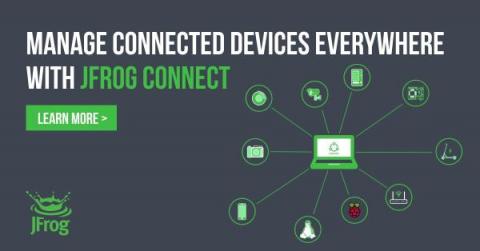How To Put Cloud Nimble to Work to Segment Dev/Test from Production
In every workplace, most work gets done at the most cluttered desks. Yet the business also requires an orderly front office to run efficiently. It’s much the same with your DevOps pipeline environments, as the rough and tumble process of innovating code must ultimately produce cleanly released applications. Continuous integration means that developers perform many builds each day, but few of those builds will advance to production repositories.











